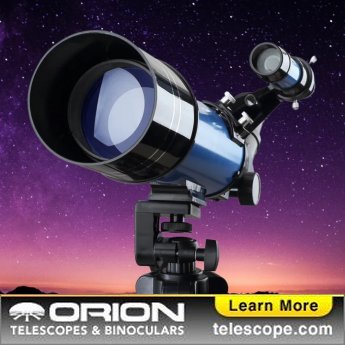Triton: Cryovolcano moon of Neptune
Triton is the largest moon of planet Neptune and the only large moon in the solar system with a retrograde orbit in the opposite direction from Neptune's rotation. Triton is thought to have been a dwarf planet captured by Neptune from the Kuiper belt.
Its surface is covered in nitrogen ice and water ice, with active nitrogen cryogeysers and water ice cryvolcanoes. Triton has a thin nitrogen atmosphere and a subsurface water ocean. NASA has proposed a mission named Trident to go to Triton in 2038.
For a listing of all moons, see Moons of the Planets.
Triton Facts
- Mass (kg)
- 2.14e+22
- Radius (km)
- 1,350
- Density (gm/cm3)
- 2.07
- Distance from planet (km)
- 354,800
- Rotational period (days)
- -5.87685
- Orbital period (days)
- -5.87685
- Orbital velocity (km/sec)
- -4.39
- Eccentricity of orbit
- 0.0000
- Inclination of orbit (°)
- 157.35
- Albedo
- 0.7
- Magnitude
- 13.47
- Atmosphere
- Nitrogen
Triton Surface Map





